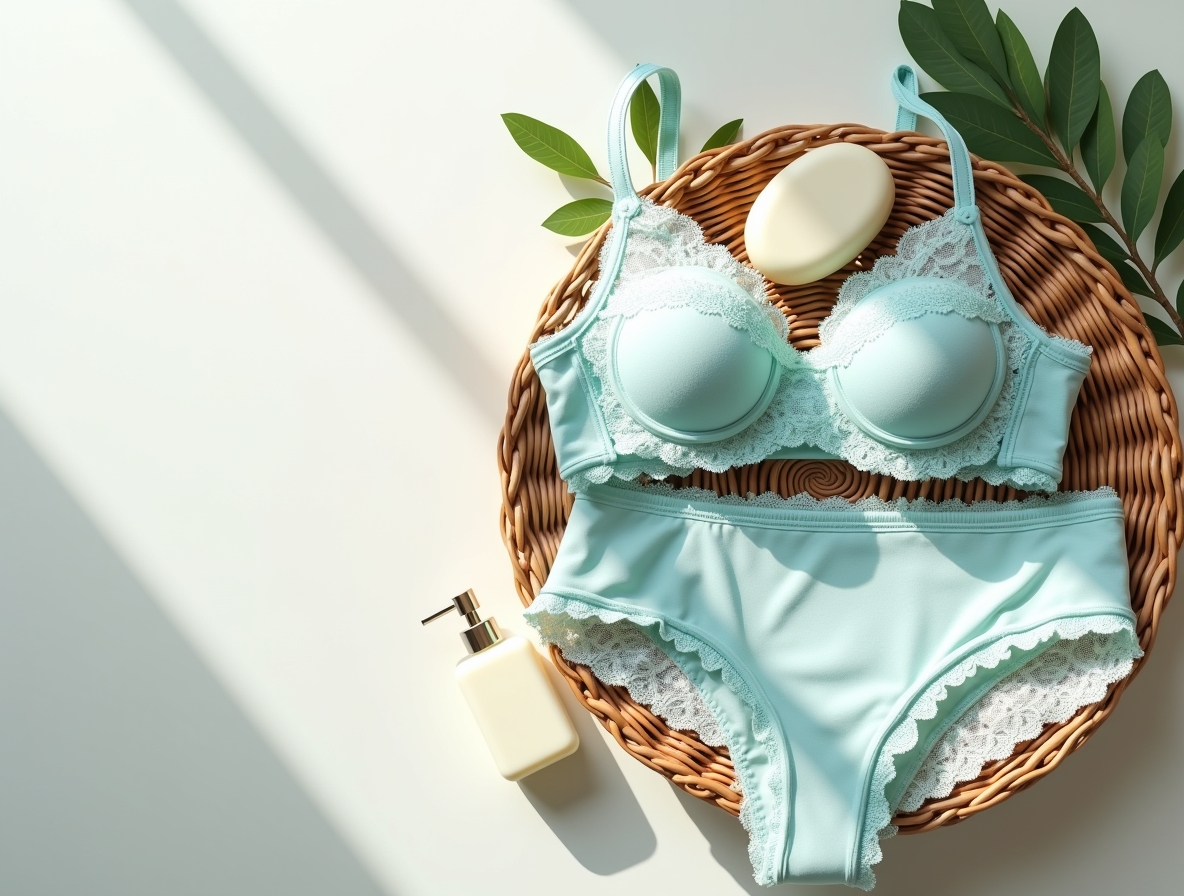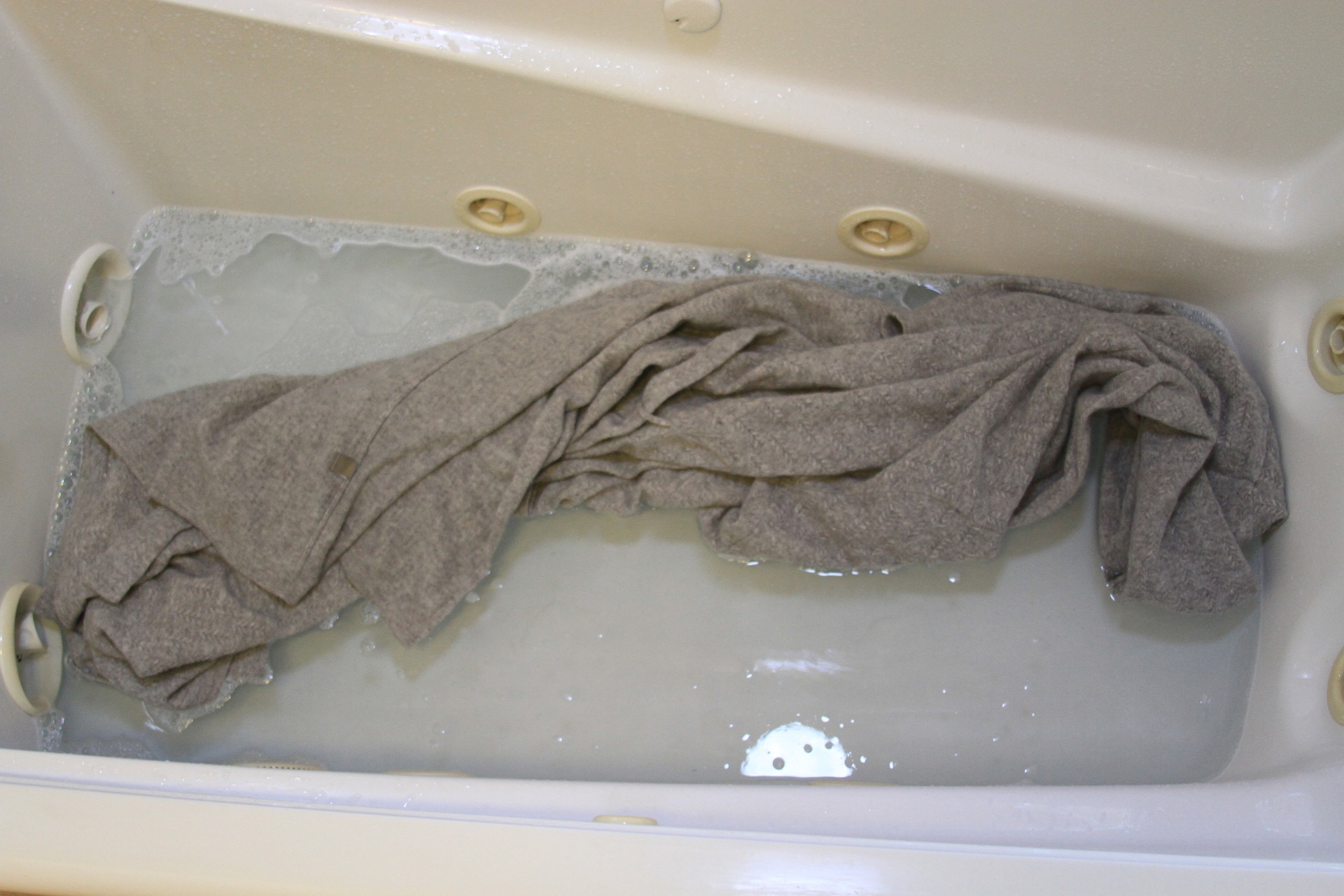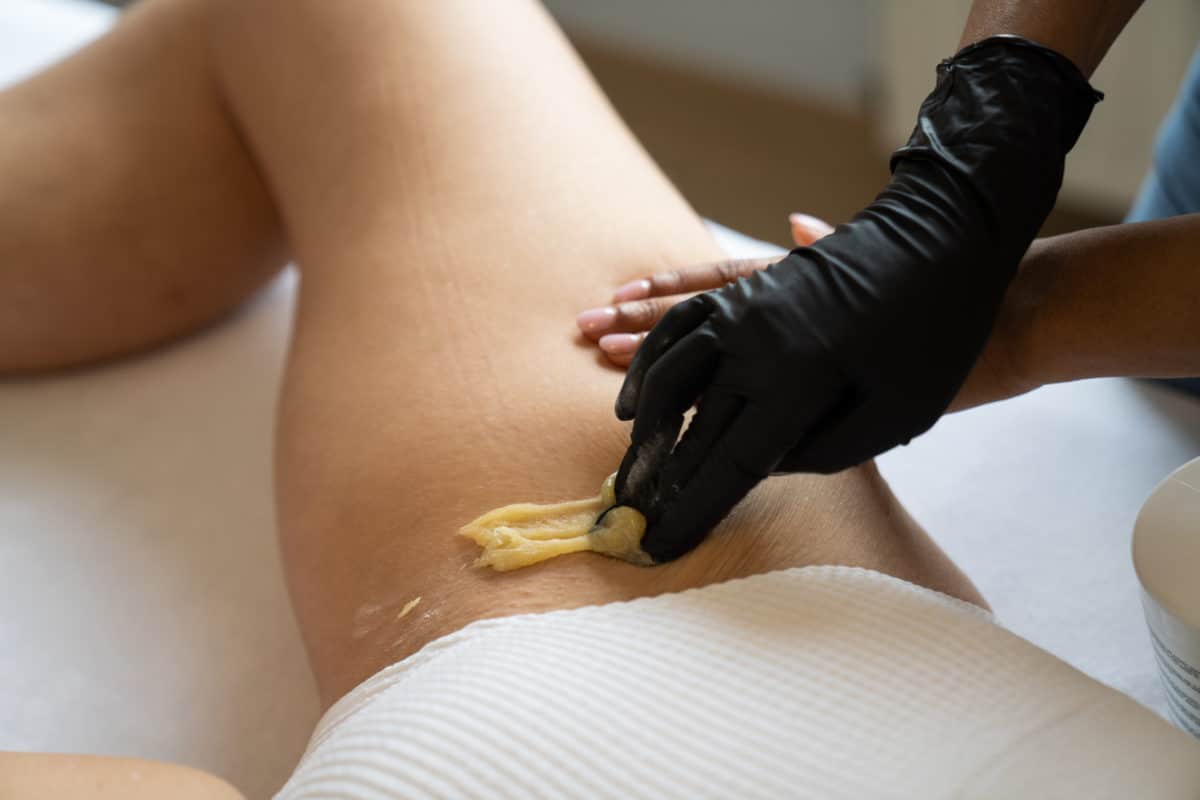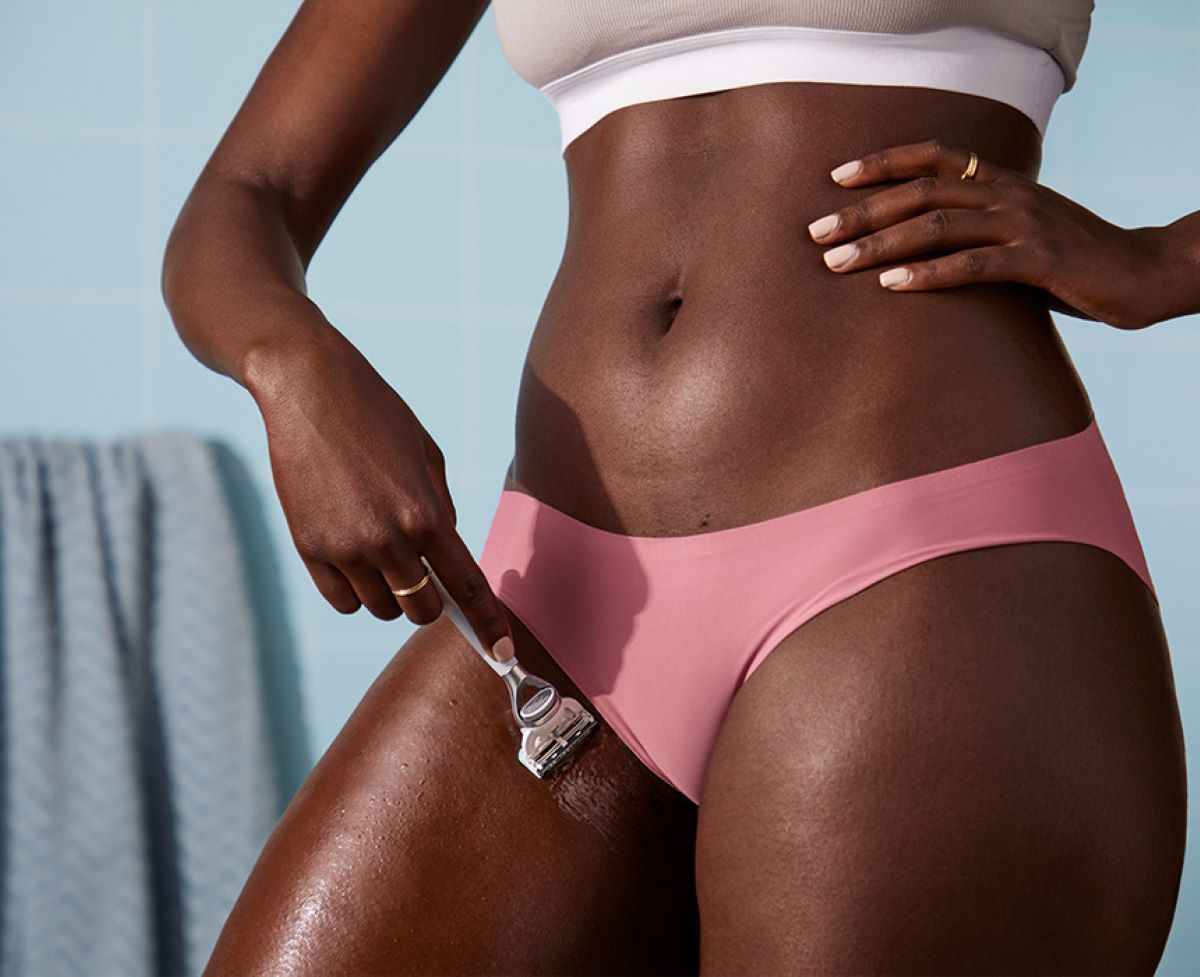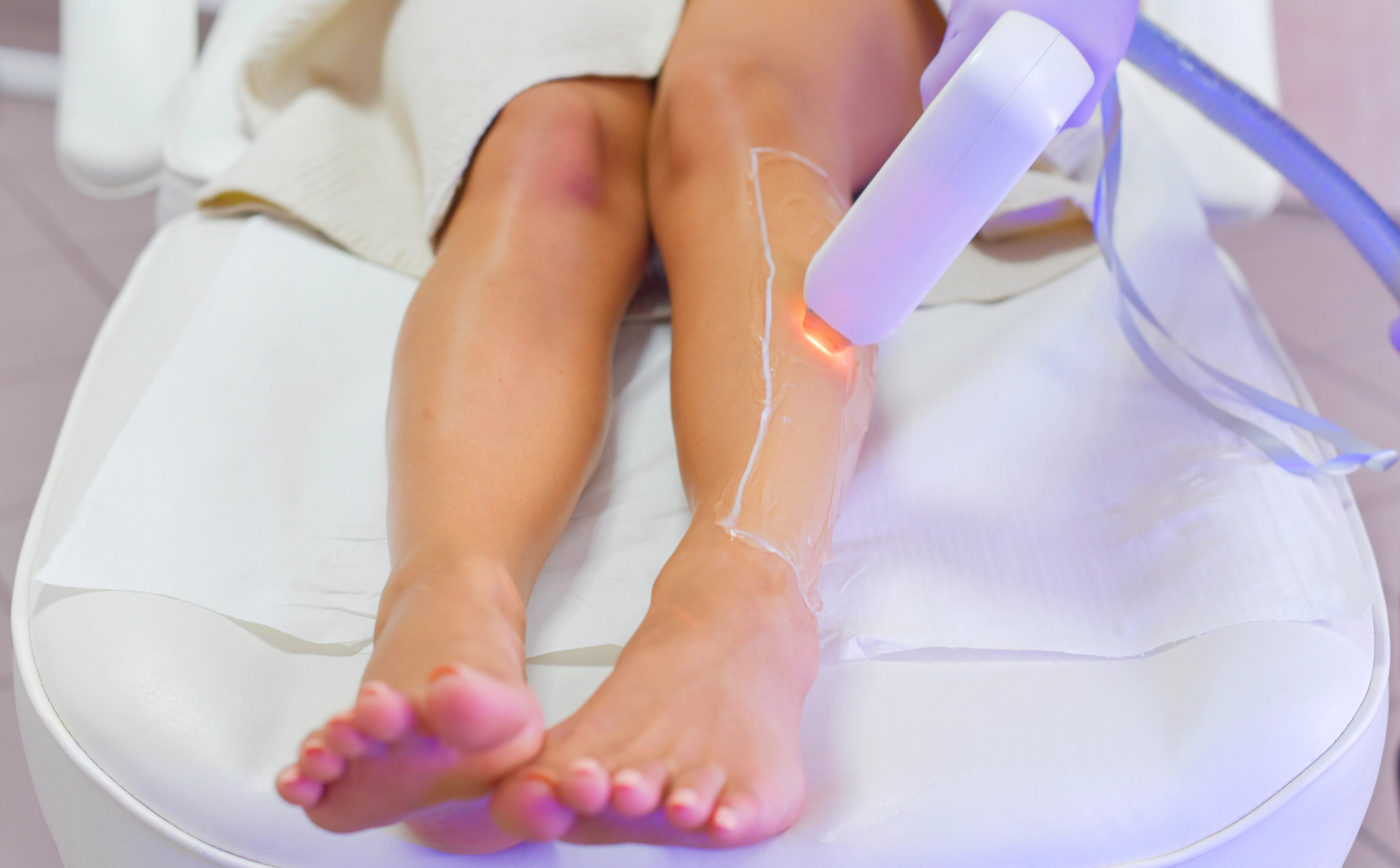Home>Women's Underwear>Bras>How Often To Replace Bra
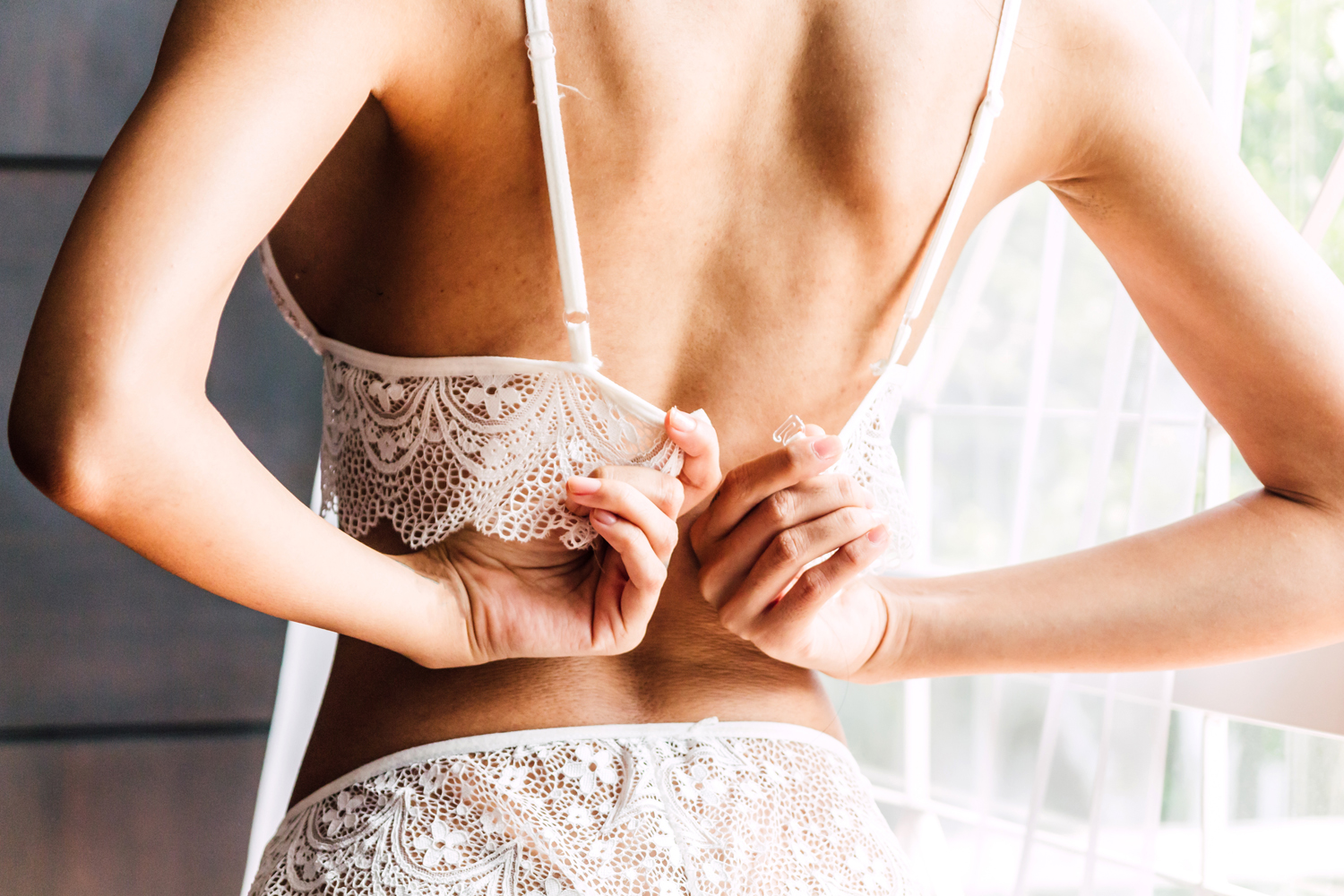

Bras
How Often To Replace Bra
Modified: August 26, 2023
Find out how often you should replace your bras for maximum comfort and support. Learn about the signs that indicate it's time for a new bra and how to properly care for your undergarments.
(Many of the links in this article redirect to a specific reviewed product. Your purchase of these products through affiliate links helps to generate commission for Under-tec.com, at no extra cost. Learn more)
Table of Contents
Introduction
Welcome to the world of bras, where comfort meets style. Whether you’re a fashion enthusiast or simply seeking the perfect support, a well-fitting bra can make a world of difference. Understanding how often to replace your bra is essential to maintaining both comfort and functionality. But the question is, how do you know when it’s time to say goodbye to your trusty companion?
Bras are subjected to wear and tear, just like any other garment. Over time, the elastic stretches out, the fabric fades, and the overall support diminishes. It’s important to recognize the signs that indicate your bra is past its prime. By keeping an eye out for these signals and following a proper maintenance routine, you can ensure your bras stay in top shape for longer.
Factors such as frequency of wear, type of activity, and the quality of the bra itself all play a role in determining its lifespan. Additionally, every body is unique, so what works for one person may not work for another. With that in mind, it’s crucial to understand the signs that indicate it’s time to retire your old bra and invest in a new one.
In this article, we’ll explore the factors that impact the lifespan of a bra. We’ll discuss the signs that indicate it’s time for a replacement and provide guidance on how often you should replace your bra. We’ll also share tips and tricks for extending the lifespan of your bras through proper care and maintenance. So, whether you’re a bra connoisseur or just looking for some guidance, read on to discover everything you need to know about replacing your bra.
Factors that Impact the Lifespan of a Bra
Several factors can affect how long a bra will last before it needs to be replaced. Understanding these factors will help you make informed decisions about your bra wardrobe and ensure that you get the most out of each bra you own. Let’s delve into the key factors that impact the lifespan of a bra:
- Quality of Materials: The quality of the materials used in making a bra plays a significant role in its longevity. Bras made from high-quality fabrics and durable elastics are more likely to withstand frequent wear and washing without losing shape or support.
- Frequency of Wear: How often you wear a bra will directly impact its lifespan. Bras that are worn daily will experience more wear and tear compared to bras that are worn occasionally. If you have several bras in rotation, each bra will last longer because they will have more time to rest and recover their elasticity.
- Type of Activity: The type of activities you engage in while wearing a bra can also affect its lifespan. Bras worn during high-impact exercises or rigorous physical activities may wear out faster due to the increased stress placed on the fabric and elastic.
- Proper Fit: Wearing a bra that fits you properly is crucial for its longevity. Ill-fitting bras can cause excessive strain on the fabric and elastic, leading to quicker deterioration. It’s essential to get professionally fitted or measure yourself regularly to ensure you’re wearing the correct size.
- Washing and Care: How you wash and care for your bras can significantly impact their lifespan. Machine washing and drying bras can cause damage, so it’s best to hand wash them with a mild detergent and let them air dry. Using a lingerie wash bag can also help protect delicate fabrics.
By considering these factors and making informed choices, you can prolong the lifespan of your bras and get the most use out of them. However, even with the utmost care, time will eventually take its toll, and certain signs will indicate that it’s time to bid farewell to your old bra and welcome a new one. Let’s explore these signs in the next section.
Signs It’s Time to Replace Your Bra
As much as we love our favorite bras, there comes a time when they need to be retired. Recognizing the signs that indicate it’s time to replace your bra is essential for maintaining comfort, support, and the overall health of your breasts. Here are some key signs to look out for:
- Loss of Elasticity: One of the most common signs that indicate it’s time to replace your bra is when the elastic loses its stretch. If you find that the band no longer feels snug and supportive or if the straps keep slipping off your shoulders, it may be a sign that the elastic has worn out.
- Cup Shape Change: Over time, the cups of a bra may lose their shape and no longer provide the proper support. If you notice that the cups are wrinkled, flattened, or misshapen even after adjusting the straps, it’s a clear indication that it’s time for a new bra.
- Visible Wear and Tear: Take a close look at your bra and check for any visible signs of wear and tear. This can include fraying edges, loose threads, or holes in the fabric. These signs not only affect the aesthetic appeal of the bra but also indicate a decrease in its structural integrity.
- Pain or Discomfort: If you start experiencing pain, discomfort, or irritation while wearing your bra, it may be a sign that it no longer provides the necessary support. Bras that have lost their shape or elasticity can put stress on your shoulders, back, and breasts, leading to discomfort or even skin irritation.
- Changed Body Size: Our bodies naturally change over time, whether due to weight fluctuations, pregnancy, or aging. If you’ve experienced a significant change in your body size or shape, your old bras may no longer provide the right fit and support. It’s important to re-evaluate your bra collection and invest in bras that accommodate your current size.
Keep in mind that these signs may not all occur at once or in the same manner for every bra. It’s important to regularly evaluate the condition of your bras and trust your own judgment when determining if it’s time for a replacement. Now that we know the signs, let’s explore how often you should consider replacing your bras.
How Often Should You Replace Your Bra?
The frequency of replacing your bras depends on various factors, including the quality of the bras, how often you wear them, and how well you care for them. While there is no one-size-fits-all answer, here are some guidelines to help you determine when to replace your bras:
Every 6-12 Months: On average, bras should be replaced every 6-12 months, especially if they are worn regularly. The constant stretching and washing cycles can cause the elastic to wear out and the fabric to lose its shape and support over time.
When the Elastic Loses Its Stretch: If you notice that the band no longer feels snug around your ribcage or the straps are continuously slipping off your shoulders, it’s a clear indication that the elastic has lost its elasticity. At this point, it’s time to replace your bra for a better fit and support.
When the Cups Lose Their Shape: The cups of a bra are designed to maintain their shape and provide support. If you find that the cups have become misshapen, wrinkled, or flattened, even after adjusting the straps, it’s a sign that the bra is no longer providing the necessary support and should be replaced.
When Visible Wear and Tear Occurs: Visible signs of wear and tear, such as fraying edges, loose threads, or holes in the fabric, indicate that the structural integrity of the bra has been compromised. These signs not only affect the appearance of the bra but also its functionality. It’s time to say goodbye and replace it with a new one.
After Body Size Changes: If you experience significant changes in your body size or shape, such as weight gain or loss, pregnancy, or aging, it’s essential to reassess your bra collection. Bras that no longer fit properly can lead to discomfort, lack of support, and even potential health issues. When your body changes, invest in new bras that accommodate your current size.
Remember, these are general guidelines, and you should trust your own judgment when replacing your bras. Regularly assess the condition and fit of your bras, and if they no longer meet your comfort and support needs, it’s time to bid them farewell and find new ones that make you feel confident and well-supported.
Tips for Extending the Lifespan of Your Bra
We all want our bras to last as long as possible, providing us with the comfort and support we need. Fortunately, there are several tips and tricks you can follow to extend the lifespan of your bras. By incorporating these practices into your bra care routine, you can maximize their longevity:
- Rotate Your Bras: Give your bras a break by rotating them regularly. Avoid wearing the same bra two days in a row to allow each bra to rest and regain its elasticity.
- Hand Wash or Use Delicate Cycle: Washing your bras by hand or using the delicate cycle on your washing machine can help minimize wear and tear. Avoid using harsh detergents and hot water, as these can damage the fabric and elastic.
- Air Dry your Bras: Instead of using a dryer, air dry your bras to prevent excessive heat and friction that can weaken the fabric and elastic. Hang them or lay them flat on a clean towel to dry.
- Use Lingerie Wash Bags: Protect your bras from tangling, twisting, and snagging by placing them in a lingerie wash bag. This will help preserve their shape and prevent damage during the washing process.
- Avoid Excessive Stretching: When putting on or taking off your bra, avoid excessive stretching of the band and straps. This can cause strain on the elastic and lead to quicker deterioration.
- Store Your Bras Properly: Arrange your bras in a way that avoids excessive folding or squishing. This will help maintain their shape and prevent deforming. Consider using drawer dividers or hanging organizers to keep them organized.
- Avoid High Heat: Exposing your bras to high heat, such as direct sunlight or hot environments, can cause the fabric and elastic to deteriorate faster. Store your bras in a cool, dry place.
- Handle with Care: Be gentle when handling your bras. Avoid pulling or yanking on the straps or clasps. Fasten the hooks before washing to prevent snagging on other items.
- Get Professionally Fitted: Regularly visit a professional bra fitter to ensure you are wearing the correct size. Wearing a bra that fits properly will reduce strain on the fabric and elastic, increasing the lifespan of your bras.
By following these tips, you can extend the lifespan of your bras and continue enjoying their comfort and support for a longer time. Remember, taking care of your bras is an investment in your comfort and confidence. Now, let’s explore the importance of proper care and maintenance of bras.
Proper Care and Maintenance of Bras
Proper care and maintenance are essential for keeping your bras in good condition and ensuring they provide the support and comfort you need. Here are some important tips to help you care for and maintain your bras:
- Follow the Manufacturer’s Instructions: Always check the care label on your bras for specific washing instructions. Different types of bras may require different care methods.
- Hand Wash or Use a Delicate Cycle: Hand washing is the gentlest way to clean your bras. If you prefer using a washing machine, place your bras in a lingerie wash bag and use the delicate cycle with cold water.
- Use Mild Detergent: Harsh detergents can damage the delicate fabrics and elastics of your bras. Opt for a mild detergent specifically designed for lingerie or use a gentle soap.
- Avoid Excessive Washing: While it’s important to keep your bras clean, excessive washing can cause them to wear out faster. Aim to wash your bras every 2-3 wears or when they become visibly dirty or sweaty.
- Hang or Lay Flat to Dry: Air drying is the best way to dry your bras. Avoid wringing or twisting them, as this can damage the fabric and elastic. Hang them or lay them flat on a clean towel to dry.
- Store Them Properly: Avoid storing your bras by folding them in half, as this can warp their shape. Instead, stack them in a drawer or hang them using clips or hooks to maintain their shape and prevent damage.
- Avoid Excessive Heat: High heat can weaken the fabric and elastic of your bras. Avoid exposing them to direct sunlight or placing them near heaters or radiators.
- Avoid Bleaching: Bleach can damage the delicate fabrics and elastics of your bras. If you need to remove stains, opt for a gentler stain remover designed for delicate fabrics.
- Rotate Your Bras: By rotating your bras and giving them a break between wears, you allow the elastic to regain its shape and extend the lifespan of your bras.
- Get Professionally Fitted: Regularly visit a professional bra fitter to ensure you are wearing the correct size. Wearing the wrong size can put unnecessary stress on the fabric and elastic, leading to a shorter lifespan.
By following these care and maintenance tips, you can keep your bras in excellent condition, ensuring they provide the support and comfort you need for a longer time. Taking the time to care for your bras will not only extend their lifespan but also save you money in the long run. Now, let’s explore how finding the right fit and style can contribute to the longevity of your bras.
Finding the Right Fit and Style for Longevity
Finding the right fit and style of bras is essential not only for comfort and support but also for their longevity. Here are some tips to help you choose bras that will last longer:
- Get Professionally Fitted: Start by getting professionally fitted or measuring yourself accurately to determine your correct bra size. Wearing the right size will reduce strain on the fabric and elastic, increasing the lifespan of your bras.
- Consider Your Body Type and Shape: Different body types and shapes require different styles and cuts of bras. Understanding your body and its unique needs will help you find bras that provide the best fit and support.
- Choose Quality Brands: Invest in bras from reputable brands known for their quality craftsmanship and materials. High-quality bras are more likely to withstand frequent wear and washing without losing shape or support.
- Opt for Supportive Fabrics: Look for bras made from supportive and durable fabrics, such as nylon, polyester, or spandex blends. These materials provide a good balance of stretch and support, ensuring the longevity of your bras.
- Consider the Construction: Pay attention to the construction details of the bras you choose. Look for reinforced seams, sturdy underwire (if applicable), and adjustable straps that provide customized support for your unique shape.
- Choose Bras with Care: Take your time when selecting bras, considering both style and functionality. Choose bras with features that align with your needs, such as convertible straps, molded cups, or front closures. This will ensure that you are satisfied with your bras for longer.
- Avoid Extreme Padding: Excessive padding can cause the cups to lose their shape and become misshapen over time. Opt for a moderate amount of padding or lightly lined bras for a balance between comfort and longevity.
- Be Mindful of Trendy Styles: While trendy bras can be fun to wear, they may not always offer the best support or longevity. It’s essential to have a mix of classic and trendy styles in your bra collection to suit different outfits and occasions.
- Regularly Evaluate and Update: As your body changes and your bras age, regularly evaluate your bra collection and replace bras that no longer provide the proper fit and support. This will ensure that you always have well-fitting bras that last longer.
By considering these factors and finding the right fit and style for your bras, you can ensure that they not only provide the support and comfort you need but also have a longer lifespan. The better the fit and quality of your bras, the more satisfied you will be with your bra wardrobe. Now, let’s wrap up this informative journey through the world of bras.
Conclusion
Your bras are an essential part of your wardrobe, providing comfort, support, and confidence. Knowing when and how often to replace your bras is vital for ensuring that they continue to serve their purpose effectively. By understanding the factors that impact the lifespan of a bra, recognizing signs that it’s time to replace it, and following proper care and maintenance practices, you can extend the longevity of your bras.
Factors such as the quality of materials, frequency of wear, type of activity, and proper fit all play significant roles in determining how long a bra will last. By paying attention to these factors, you can make informed decisions about when it’s time to replace your bras.
Signs such as loss of elasticity, cup shape change, visible wear and tear, pain or discomfort, and body size changes indicate that a bra has served its time and needs to be replaced with a new one. Regularly assessing the condition and fit of your bras will ensure that you have bras that offer the support and comfort you need.
To extend the lifespan of your bras, follow tips such as rotating your bras, hand washing or using a delicate cycle, air drying them, avoiding excessive stretching, and proper storage. By caring for your bras properly, you can keep them in good shape and maintain their functionality for longer.
Lastly, finding the right fit and style of bras is crucial for their longevity. Getting professionally fitted, considering your body type and shape, choosing quality brands and supportive fabrics, and being mindful of construction details can all contribute to the durability of your bras.
Remember, your comfort and confidence depend on well-fitting and supportive bras. By following the guidelines outlined in this article, you can ensure that your bras continue to provide the comfort, support, and style you desire. So, take care of your bras, replace them when necessary, and enjoy the benefits of a well-supported bust!
